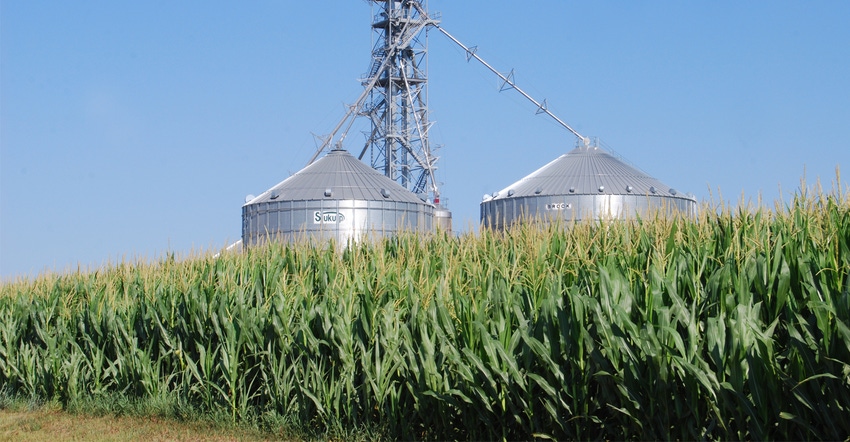
Early indications suggest this year’s U.S. corn yield will average a bushel or two above the 170-bushel trendline, so we’re possibly looking at 172 bushels per acre. It’s too early to make an accurate soybean yield estimate. That’s how Elwynn Taylor, Iowa State University Extension climatologist, sums up the situation, providing an early look at 2017 crop prospects.
“The weather pattern for the growing season is not yet settled, so this is our best estimate for the national average yield and price as of now,” Taylor says. “The favorable corn yield outlook could change, especially if temperatures are on the high side of normal. By mid-July, it should be clear as to what’s happening. June is normally the wettest month of the growing season for much of the Corn Belt. If it isn’t, there is a large effect through the remainder of the growing season.”
In June each year, Taylor issues his estimate for the U.S. average corn yield and a projected price for the December corn futures contract at harvest. Bob Wisner, retired ISU Extension economist, makes the price projection. Taylor and Wisner update their estimates as the growing season progresses and new information becomes available. You can get their 2017 Corn Yield-Price Risk Wheel updates at twitter.com/elwynntaylor.
Clues to 2017 crop season
For clues to 2017 growing season weather, climatologists are watching what happens with El Niño. El Niño conditions have remained in place in the Pacific Ocean near the equator in June, but the area has not yet expanded enough to influence U.S. crop conditions. When an El Niño weather pattern fully develops, it brings a 70% chance of above-trendline U.S. corn yields. El Niño is a friend of the Midwest farmer, as yields tend to be better. It favors normal temperature and rainfall.
The transition from a La Niña to an El Niño weather pattern is now in a neutral phase, but leaning toward El Niño. When returning to El Niño, weather volatility is likely to be greater. “We consider 2017 a high-risk year,” says Taylor. “Be very careful with your risk management, marketing and the commitments you make.”
More volatile weather ahead
The uncertainty is part of a 25-year weather cycle of more volatile conditions posing risks to farmers, similar to the 1980s. “We are moving into a period of greater weather extremes where risk management becomes more important,” he says. “Weather volatility is likely to be greater in the next 20 years compared to the last 18 years.”
It looks like corn growers are on track to produce an abundant but not record-setting U.S. crop this year. The National Weather Service forecast for July, August and September expects some warmer-than-normal episodes, but doesn’t lock hot weather in for long periods. Normal rainfall is expected for July. Hopefully, the hot, dry weather doesn’t come at tasseling, when pollination takes place. The rest of the growing season — August and September — are forecast to be warm. To keep up on crop weather, visit droughtmonitor.unl.edu.
About the Author(s)
You May Also Like




